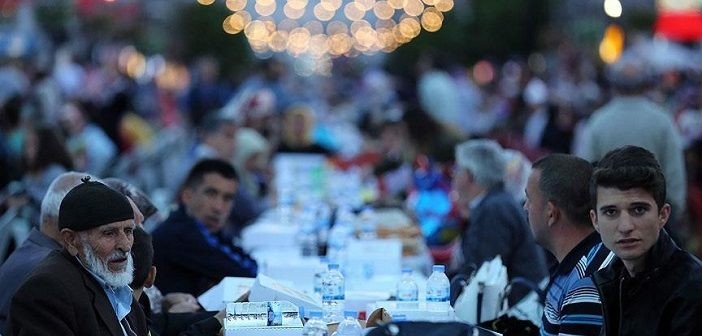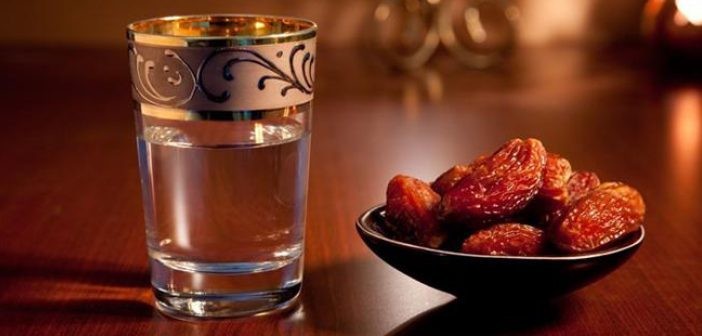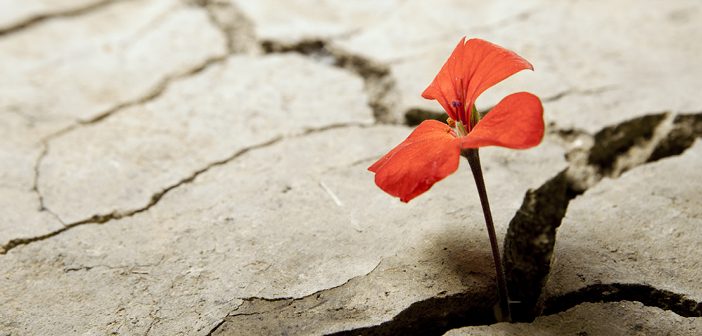
The Washing and Shrouding of the Janazah (Maliki)
What are the washing and shrouding of janazah?
a.The Washing
The janazah of the miscarried child, the kafir, shahid and people, in where two thirds of their body can not be found, can not be washed.
The janazah is washed with pour water. The washing of the body is in the same way it was explained in the ghusl matter.
The sidr scent is placed in a container that is filled with a small amount of water and it is heated, afterwards the impurities found on the deceased persons body are removed with this water. Afterwards the pure water is poured over the body. This is the first wash. If sidr can not be found, soap etc may also be used.
The janazah that is about to be washed should be placed somewhere high, the clothes are removed after the private parts are covered. The process of washing should be completed in the one go. While the janazah is being washed, the stomach is slightly pressed on so that if there are any remaining najasat in there, this action will allow them to come out. Lots of water is poured on the front and back regions of the janazah in where the najasat is excreted. When starting the cleaning process, after the impurities are removed from the body, the wudhu is given the way the wudhu for salat would be performed. Water is applied to the mouth and nose, the nose and teeth are cleaned. After the head has been cleaned three times, the janazah is laid on its left side and the right side is cleaned. Then it is laid on its right side and the left side is cleaned.
Camphor is put into some water, the janazah is washed with this so that it may be cooled. This is the third wash. The first wash is to remove the impurities of the janazah using sidr, the second wash is for taharat (cleanliness) with the pour water, and the third wash is to cool the janazah down with the camphor. It is considered makruh for someone other than the helper to be present at the time of the washing. After the wash, before the janazah is shrouded it is lightly dried off with a cloth. After the wash, the process of the shrouding is not delayed. It is considered mandub for the person to have the ghusl after they have completed the act of washing the janazah.
In washing the deceased, the spouses and then the relatives, according to their closeness, are firstly entitled to the right of carrying out the washing process.
b. Shrouding
When shrouding a male, it is fard to cover between the knees and the stomach. To cover the remaining parts is sunnah according to one view and fard according to another view.
As for the shrouding of the female, it is fard to cover the entire body.
It is considered mandub for the shroud to be white, to spread nice scents, fort he cloth to be used fort he shrouding to be more than one ve tek sayıda olması, to maket he deceased where a shirt that covers their whole body, for a turban to be wrapped, for an izar to be wrapped at the lower part of their stomach, for there to be two shrouding cloths at the most outer layer. It is considered mandub for the number of shrouds for the women to be seven, for four of these to be lifafe wraps, in place of the Wrap that is used for the women scarves to be used for the women, for kafur to be placed in every lifafe, for the person to be buried wearing what they would wear when going to Jum’ah prayer or nice places.
Source: Fiqh1 (According To The Maliki School Of Islamic Law), Erkam Publications
The Contents of Fiqh as a Science (Maliki)
The Importance of The Science of Fiqh (Shafii)












